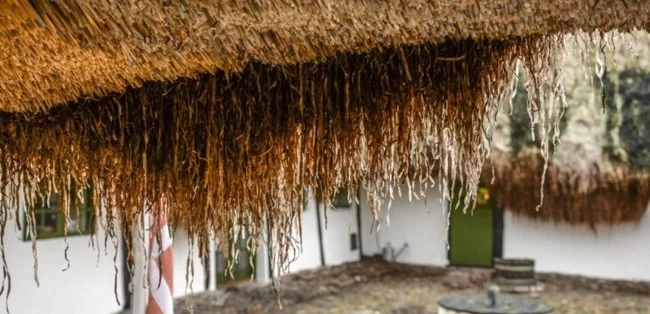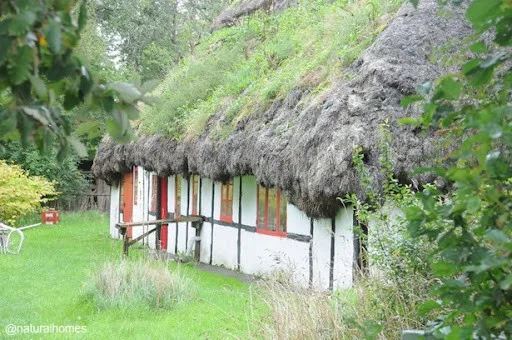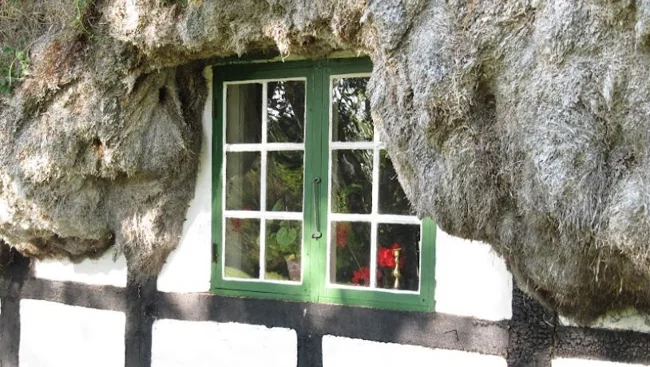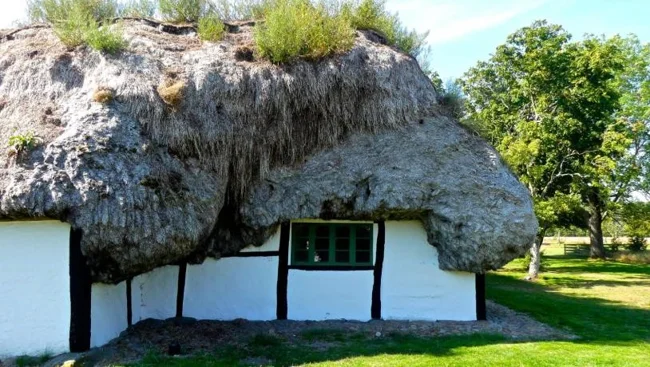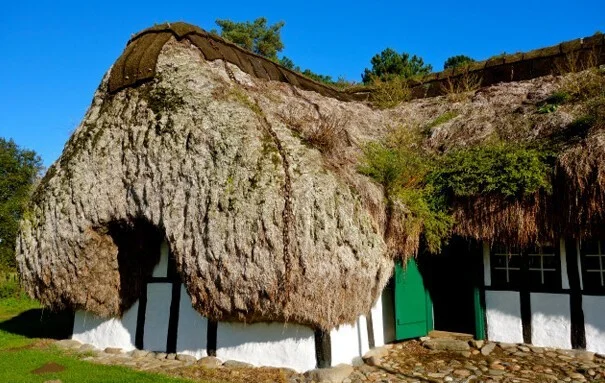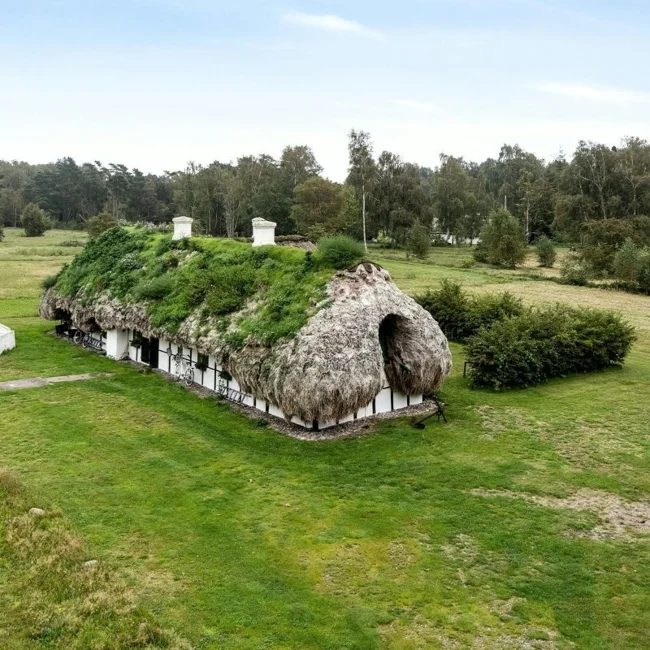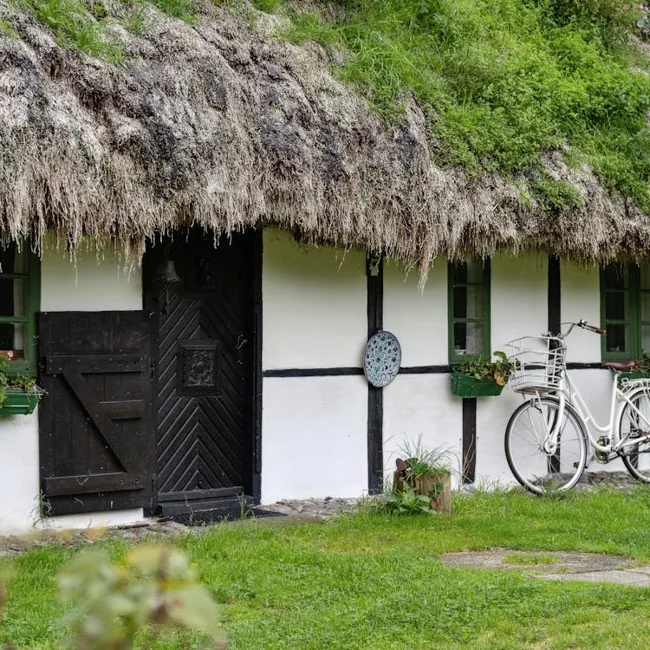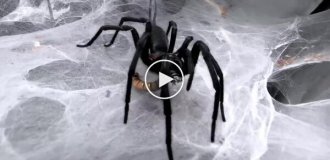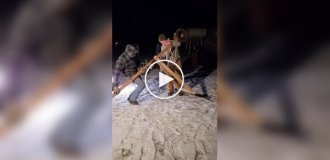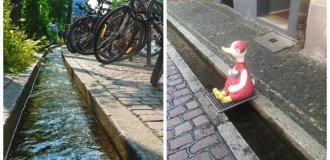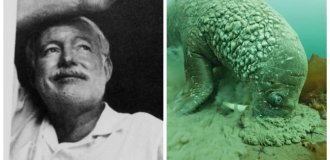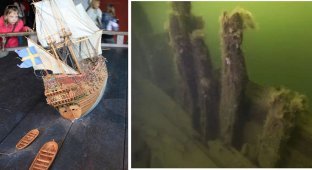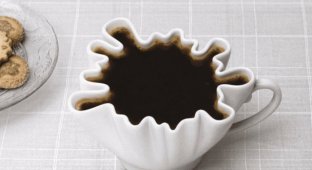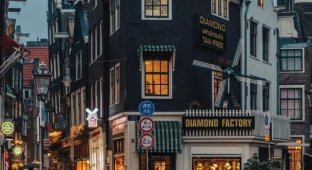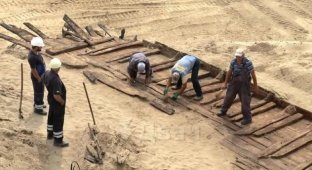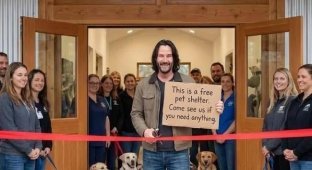Magical algae roofs on Leso (13 photos)
On the Danish island of Læsø, a unique tradition that almost disappeared in the 20th century is coming back to life: seaweed roofs. 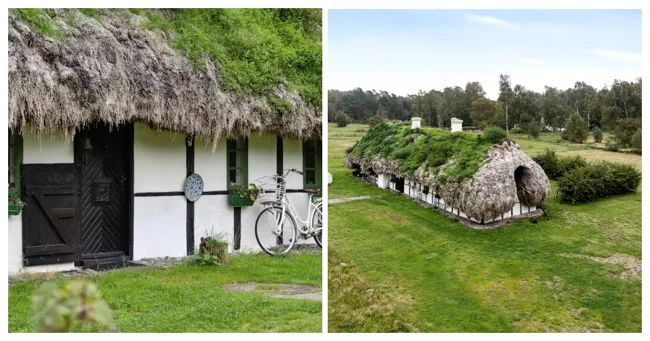
These living roofs, similar to the skin of a fairy-tale dragon, can last up to 300 years or more!
How a Bare Island Got "Wool" 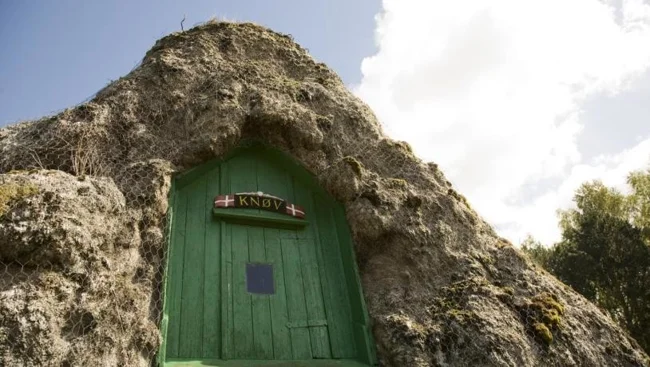
After the Viking Age, the first settlers faced a problem: there were no harbors or roofing materials on Lesø. Transporting straw or reeds turned out to be too expensive.
And, apparently, someone, looking at the heaps of seaweed thrown up by the storm, exclaimed: "Why not try this?"
Female Kingdom 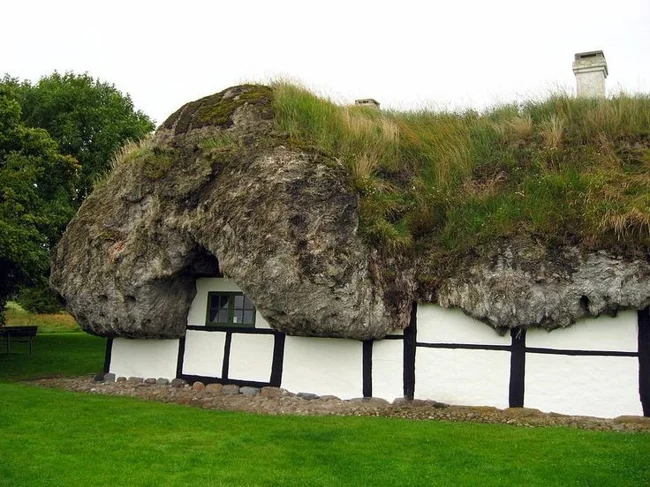
In the 17th century, Læsø was called the island of women, since almost all the men died at sea. It was the women who:
manually twisted the seaweed into tight bundles (the vringevaskers technique);
tied them to the lathing of shipwreck boards;
created 300 such roofs – a real architectural phenomenon!
Miracle material 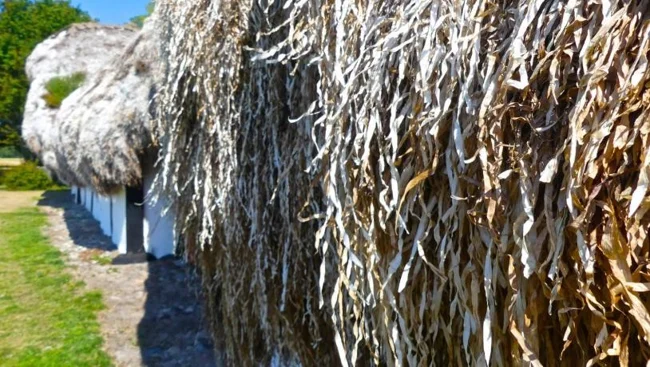
These roofs are simply a standard of eco-friendliness:
they do not burn, because the algae are saturated with sea salt;
the structures are waterproof and after drying become hard as a shell;
such roofs retain heat well and are actually a natural air conditioner.
How to see? 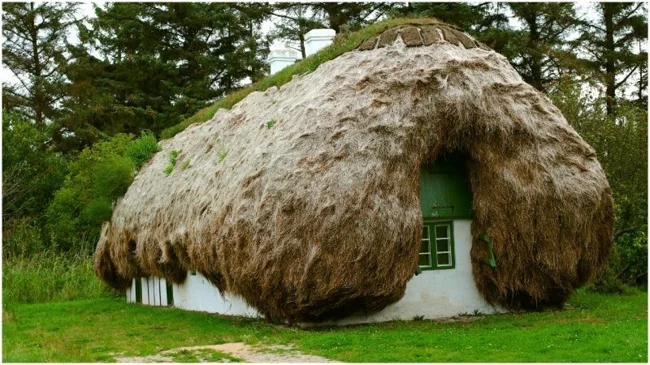
Today, unfortunately, only a few dozen such houses remain. But in 2009, the Heritage Project was launched, aimed at preserving the unique Læsø houses built using algae.
For tourists, there is an "Algae Route", where you can inspect the houses (from the outside, since most are private property), and in some you can even admire the restored interiors.
These roofs are not just architecture. They are a monument to human ingenuity, where each layer of algae holds the whisper of the Baltic Sea. 